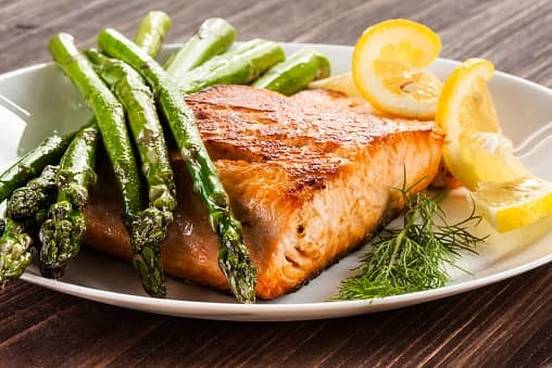
Toothsome
earliest meaning : agreeable, attractive
When toothsome came on the scene in the mid-16th century, it described what was visually attractive, not what was pleasant to taste. The justification for such a use can be found in a meaning of tooth very much secondary to the one describing the jaw-borne bony appendages we rely upon for chewing: tooth can mean “a fondness or taste for something specified.” This meaning of tooth had only to find a companion in the suffix -some, meaning “characterized by,” for toothsome to settle into the language with its “agreeable, attractive” meaning.
The use of toothsome to mean “of palatable flavor and pleasing texture” developed soon after the earlier meaning, building on the use of tooth to refer to the act of eating and to the sense of taste, a meaning no longer current.

Delectable
earliest meaning : highly pleasing : delightful
Delectable has since the 15th century functioned as an adjective describing anything that delights or pleases. It comes ultimately from Latin delectare, meaning “to delight.” In John Bunyan’s 1678 allegory The Pilgrim’s Progress, the protagonist visits the Delectable Mountains and gains refreshment there.
The Oxford English Dictionary includes among its nine examples of the word in use one describing a smell in 1578, and then no instance of delectable describing food or drink until a 2014 citation from The Guardian involving rhubarb upside down cake.

Scrumptious
earliest meaning : delightful, excellent
Scrumptious has since around 1830 been used to describe things delightful and excellent, but the word had taken on its specific food application by the end of its birth century. The word’s likely origin is the word sumptuous, altered for a new lexical effect. That word traces back to Latin sumere, meaning “to take or spend.” Sumere is also in the ancestry of various -sume words, such as consume, assume, and presume.

Yummy
earliest meaning : highly attractive or pleasing
The late-19th century term yummy comes from the slightly older reduplicative yum-yum. Both terms have always been about pleasurable satisfaction, not just about what is pleasurably satisfying to the mouth. The Oxford English Dictionary’s earliest example of the older term suggests a rather unsettling kind of pleasing:
How we would like to get hold of the man... Alone. In the woods, with a revolver in our hip-pocket. Revenge is sweet; yum, yum, yum.
— The Burlington Iowa Hawk-Eye, 1878

Delicious
earliest meaning : affording great pleasure : delightful
Delicious has described what grants great pleasure since the 14th century, though humans enjoying, as they do, the pleasures of flavor especially, it quickly took on its specific use to describe the tasty stuff. The word is ultimately from Latin delicere, meaning “to allure.”
Also related to delicere is delicate, which itself has a “tasty” meaning: “pleasing to the sense of taste or smell especially in a mild or subtle way.”

Succulent
earliest meaning : full of juice : juicy
In its earliest uses, succulent was for botanists rather than gourmands. It was used to describe plants with thick and juicy plant parts, including the parts of plants we now refer to with the noun succulent: cacti, aloe, and the like. The noun didn’t come into use until the early 19th century, more than 200 years after the adjective—which had by then described moist and tasty food for more than half its history.





